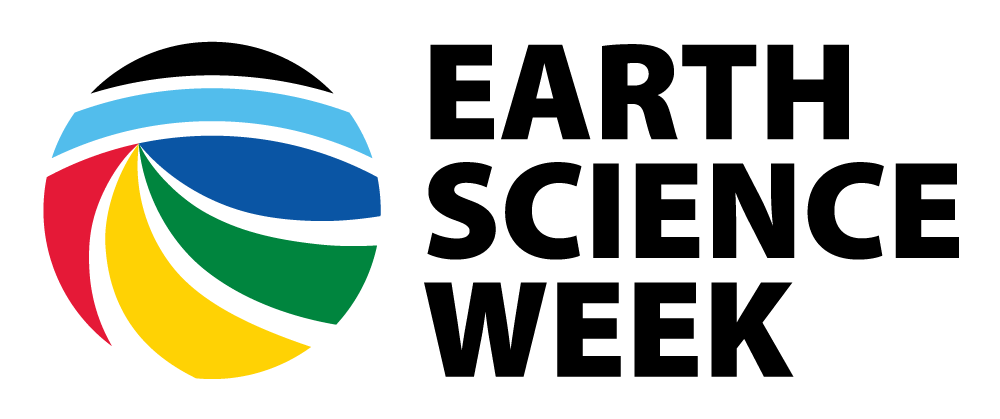Make a Thunderstorm Activity Source: Adapted from UCAR/NCAR Web Weather for Kids
Background Even small thunderstorms are dangerous. Every thunderstorm produces lightning, which kills more people than tornadoes each year. Thunderstorms also cause heavy rain, flash flooding, hail, strong winds and tornadoes. When warm and cold air masses meet, a thunderstorm can grow. In this activity, you will learn about convection and how air moves.
Time Needed One class period
[Read More]
Make a Watershed Model
Make a Watershed Model Activity Source: Source: TERC.
Adapted with permission.by Earth Science Information Partners.
After rain falls on relatively high land, it moves downwards into drainage areas called watersheds. You will create a model of a watershed by spraying rain on a plastic cover representing Earth’s surface. By watching how it flows, you can identify drainage divides and learn about the movement of water.
Materials Per group
• Large aluminum roasting pan
[Read More]
Make Your Own Compass
No Child Left Inside Activity Make Your Own Compass Grade Level: 6-8 Earth Science, Engineering, and Geography Activity Source: Adapted with permission by the National Oceanic and Atmospheric Administration from Discover Your World with NOAA: An Activity Book
Background In ancient times, sailors found their way by observing stars and other celestial bodies — when they were visible through the clouds, that is. Thus, one of the most important improvements to ocean navigation was the invention of the compass.
[Read More]
Making a Cave
Making a Cave Activity Source: National Park Service. Developed by Kristen Lucke for the Views of the National Parks. Adapted with permission.
Background We usually think of caves forming as rocks are dissolved and the particles are washed away, leaving hollow spaces behind. This activity simulates the way that dissolution, a chemical weathering process, leads to the formation of caves.
When precipitation such as rainwater or snowmelt mixes with carbon dioxide from the air and from decaying plants in the soil, the result is carbonic acid.
[Read More]
Making Caves: How Solution Caves Form
Making Caves: How Solution Caves Form Activity Source: Adapted with permission by National Park Service
Caves form through a variety of natural processes depending on their local geology and climate. Flowing lava, melting ice, dissolving rock, and crashing waves are the major processes that form these wondrous environments. In this activity, students will observe a model of how the most common type of cave — solution caves — form.
Materials Per student or small group:
[Read More]
Making Earth Art With Google Earth
Making Earth Art With Google Earth Activity Source: Google.
Adapted with permission.
If you were an alien visiting Earth for the first time, you might remark on the diverse and incredible landscapes and patterns around majestic mountains, green forests, rolling grasslands, and turquoise oceans. You also might recognize geometries of civilization and changing weather patterns. All this can be explored from space. In this activity you will explore our planet using Google Earth and locate natural and man-made patterns and landscapes on Earth’s surface that inspire you.
[Read More]
Making Visible the Path of the Sun
Making Visible the Path of the Sun Activity Source: Adapted with permission by SEED.
The sun rises in the east and sets in the west. This we know from personal observation. But have you ever thought about where the sun is in the sky at the same time each day?
You might think the sun would appear at the same place at the same time each day. This would be true if Earth had no tilt and its orbit were a perfect circle.
[Read More]
Making Your Own National Park Geologic Tour
Making Your Own National Park Geologic Tour Activity Source: National Park Service, 2006. Adapted with permission.
Background In this investigation, you’ll have the opportunity to learn about the many geological features in our country’s national parks. You might not realize this, but a large number of the national parks were created because of their amazing geology. Just think of the geological features of Yellowstone National Park, the Grand Canyon, Hawaii Volcanoes National Park, and many more!
[Read More]
Map-Making Basics
Map-Making Basics Activity Source: U.S. Geological Survey, 2006. Adapted with permission.
Background Maps are two-dimensional ways of representing information about the natural and built world from a “top-down” perspective. You are probably familiar with road maps that show where roads go and which roads intersect with others and where. You also may have seen weather maps, which show weather patterns across a specific geographic area, or political maps, which show where borders are for countries and areas within those countries.
[Read More]
Mapping a Refuge
Mapping a Refuge Activity Source: National Energy Education Development Project. Provided by the U.S. Fish and Wildlife Service. Adapted with permission.
The National Wildlife Refuge System, managed by the U.S. Fish and Wildlife Service, is the world’s premier system of public lands and waters set aside to conserve America’s fish, wildlife, and plants. Why not visit a national wildlife refuge (www.fws.gov/refuges) in or near your community?
A refuge is a place where you can record observations of seasonal changes to plants, trees, and wildlife.
[Read More]
